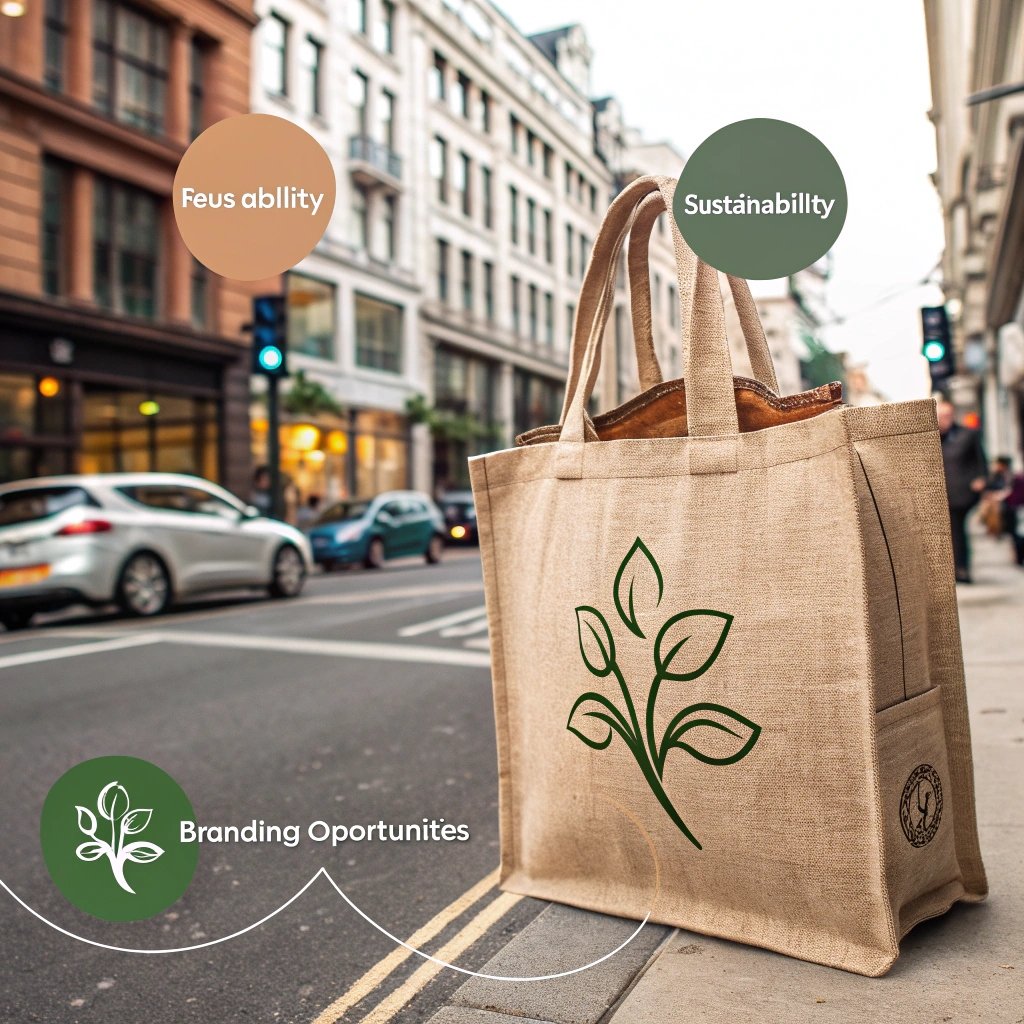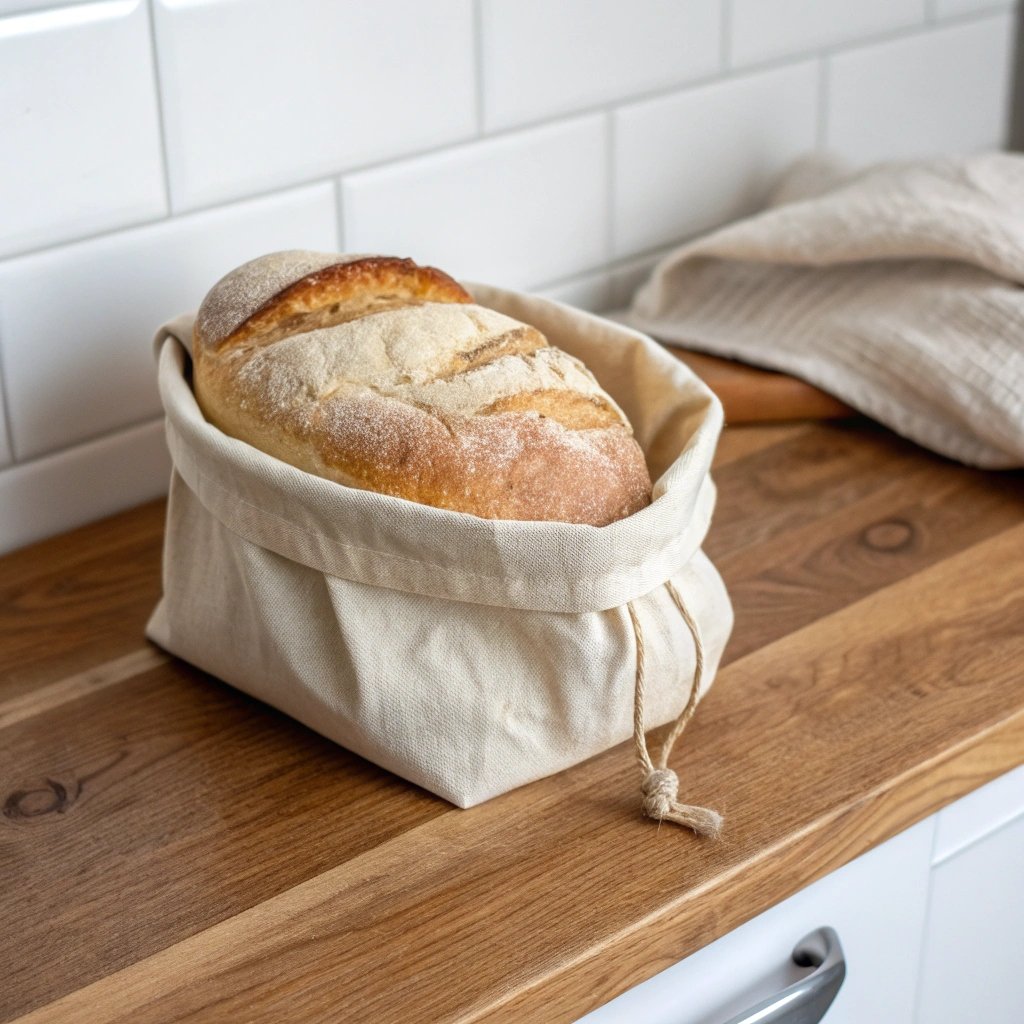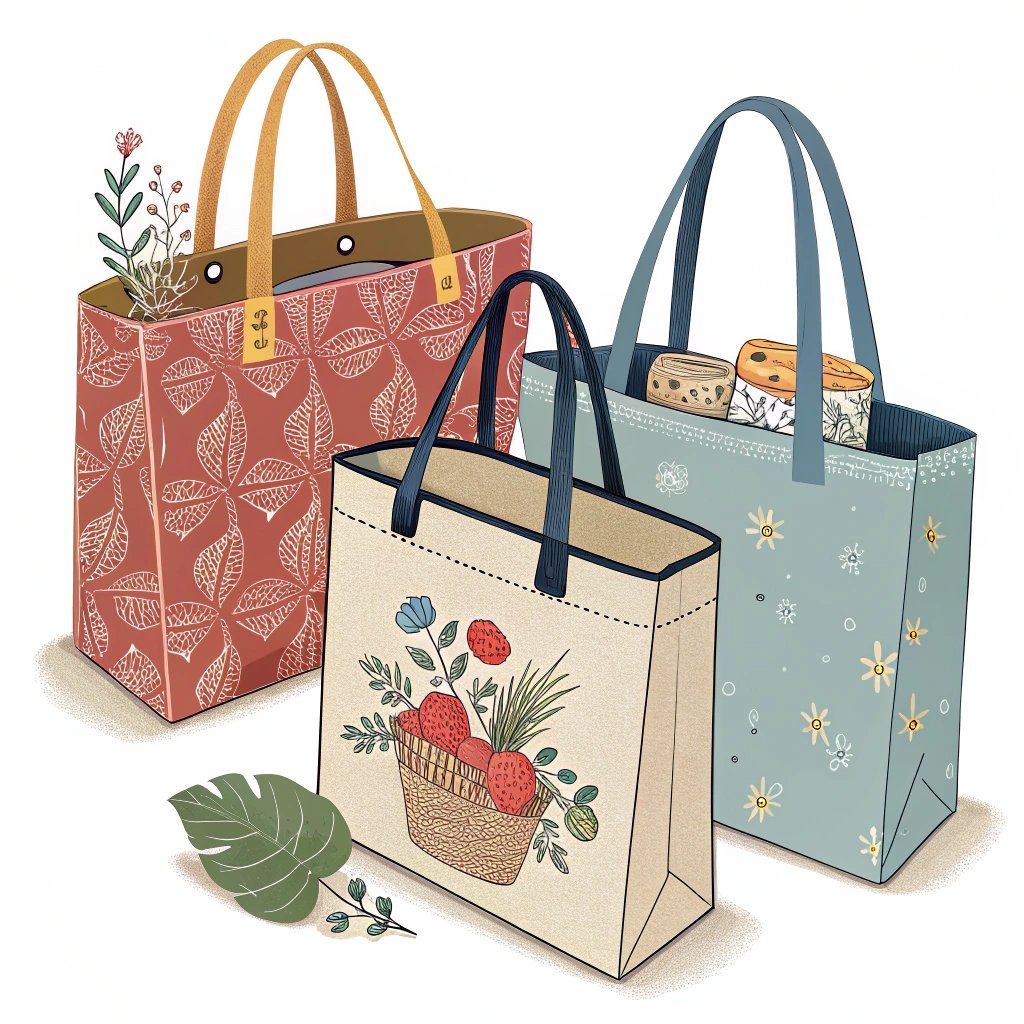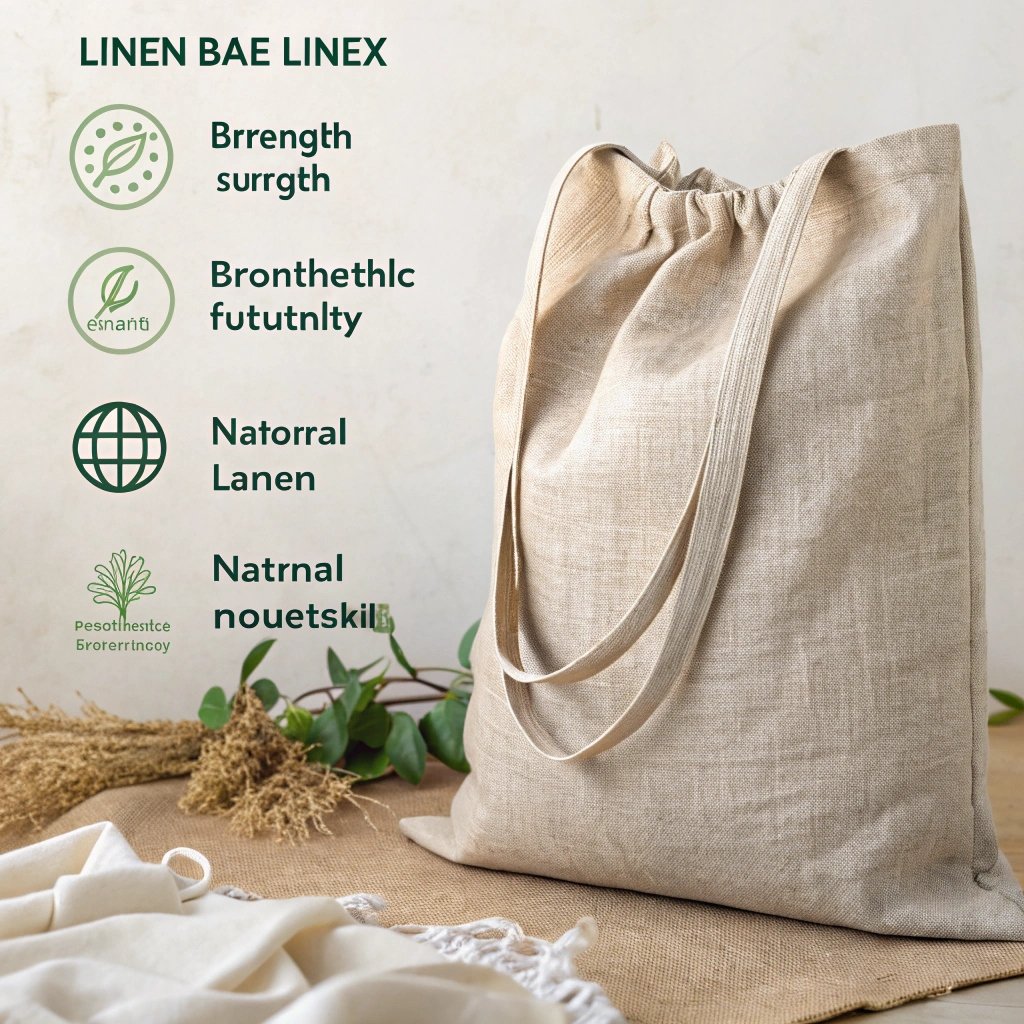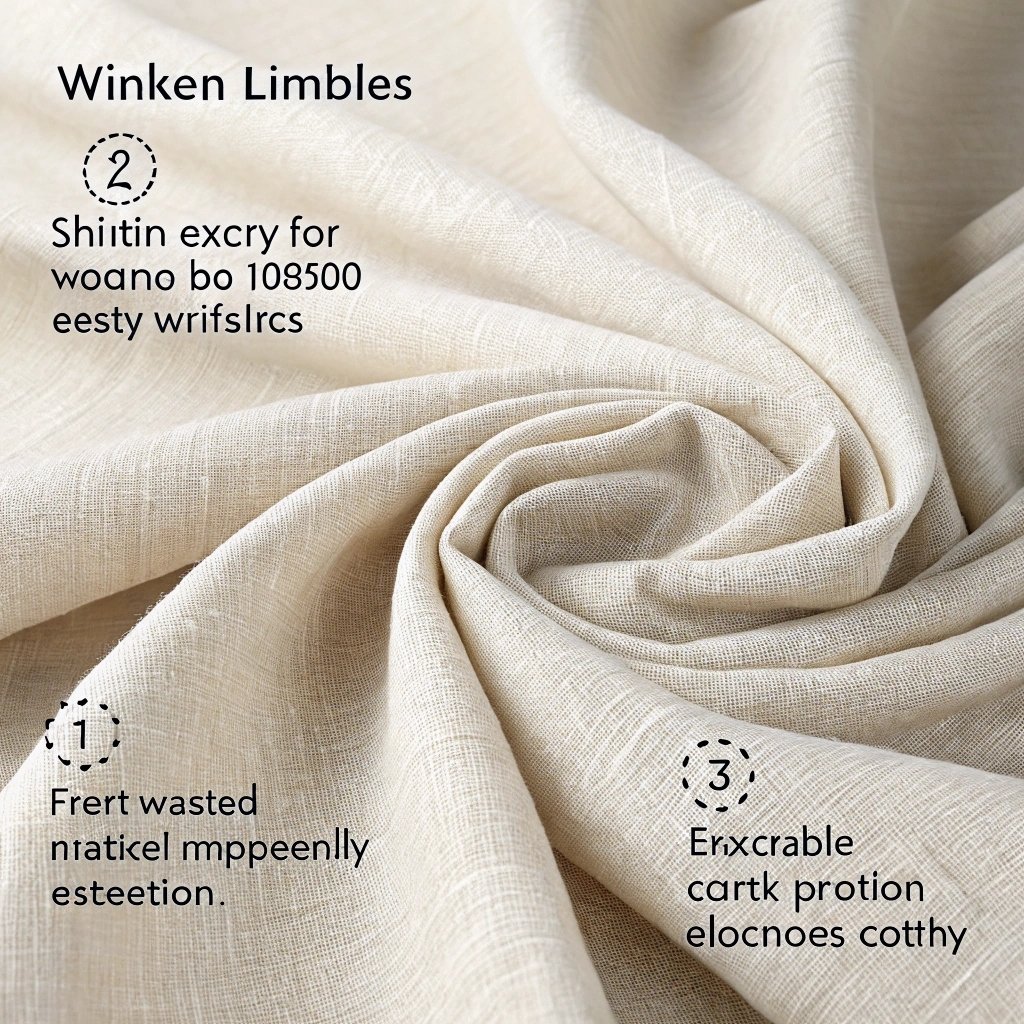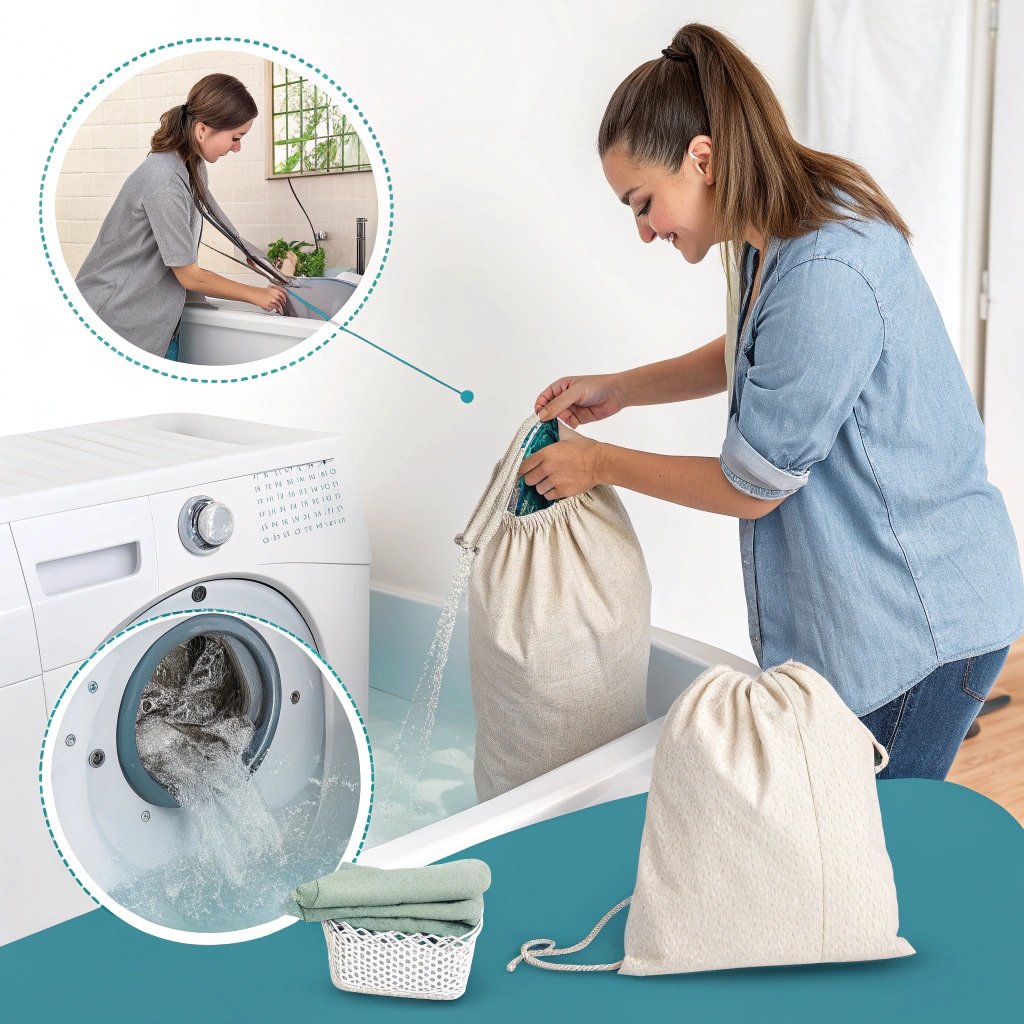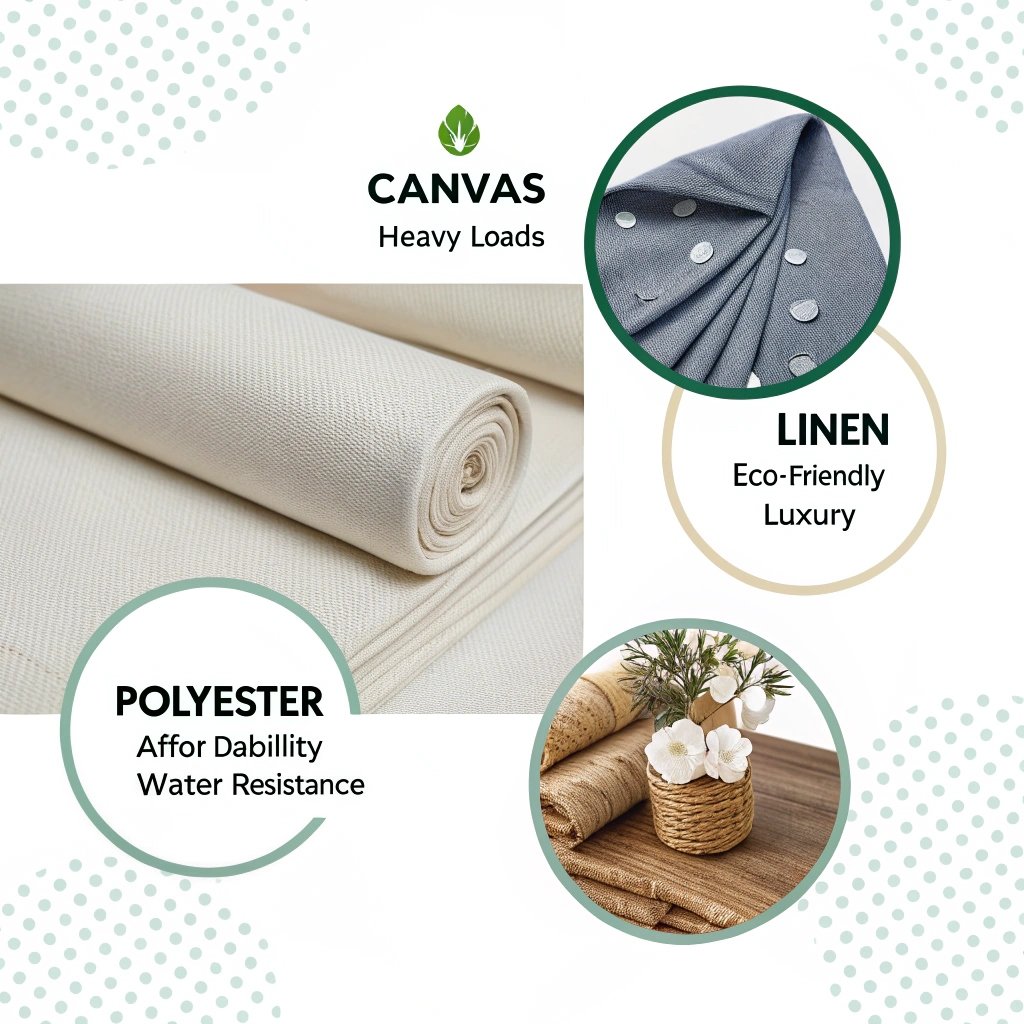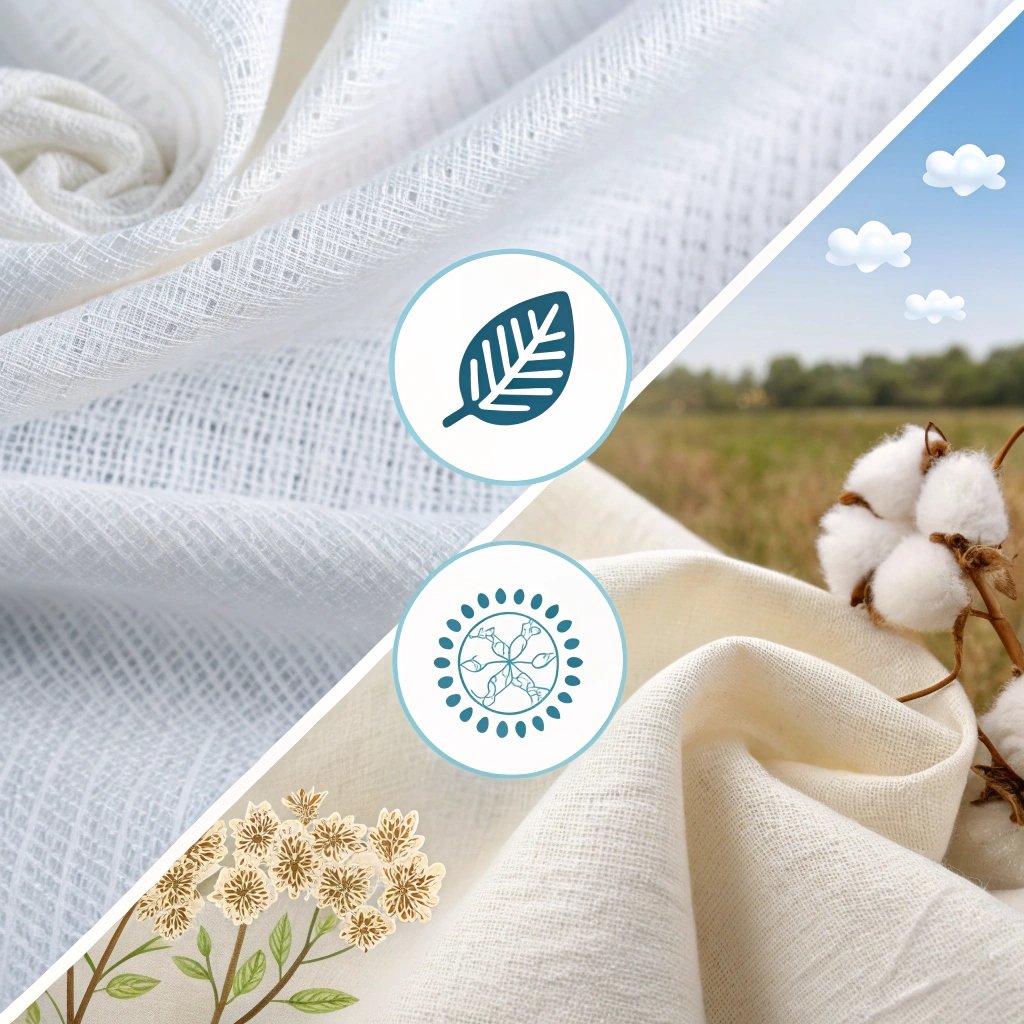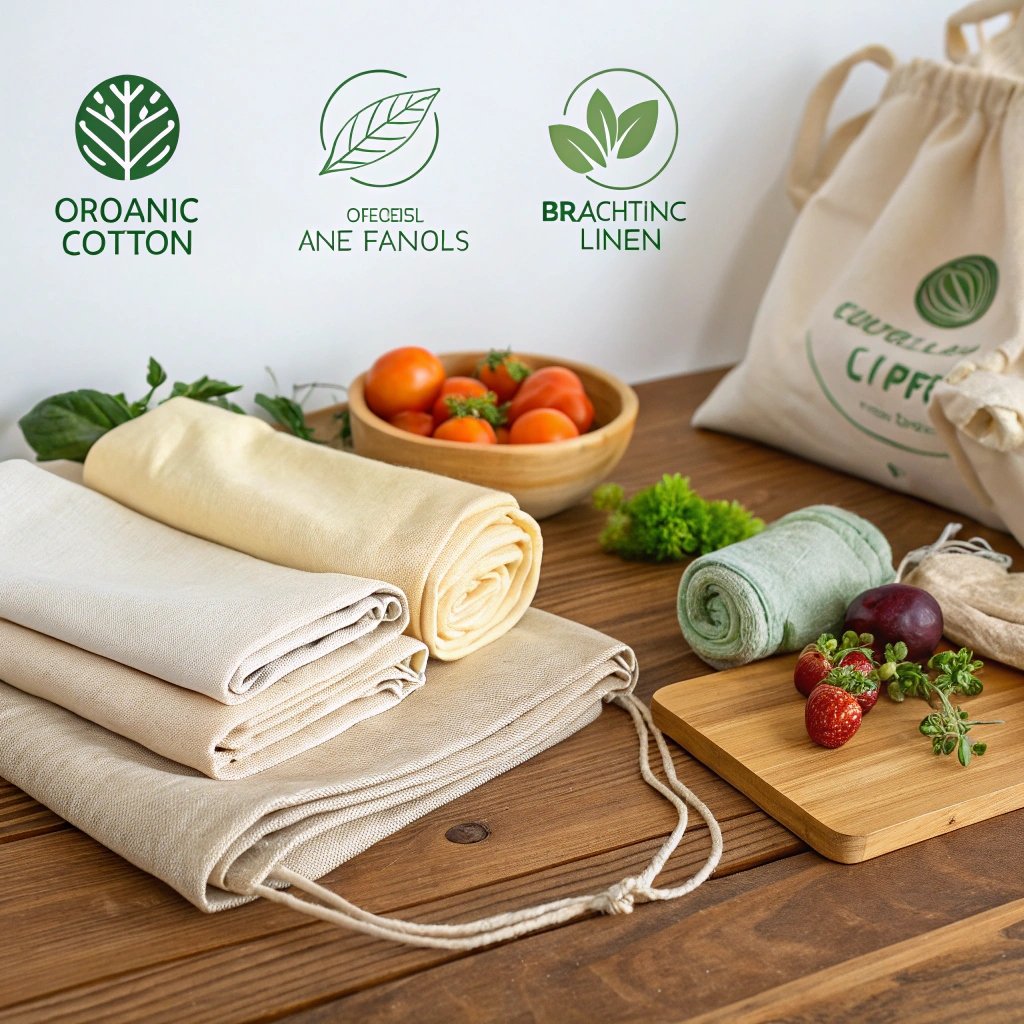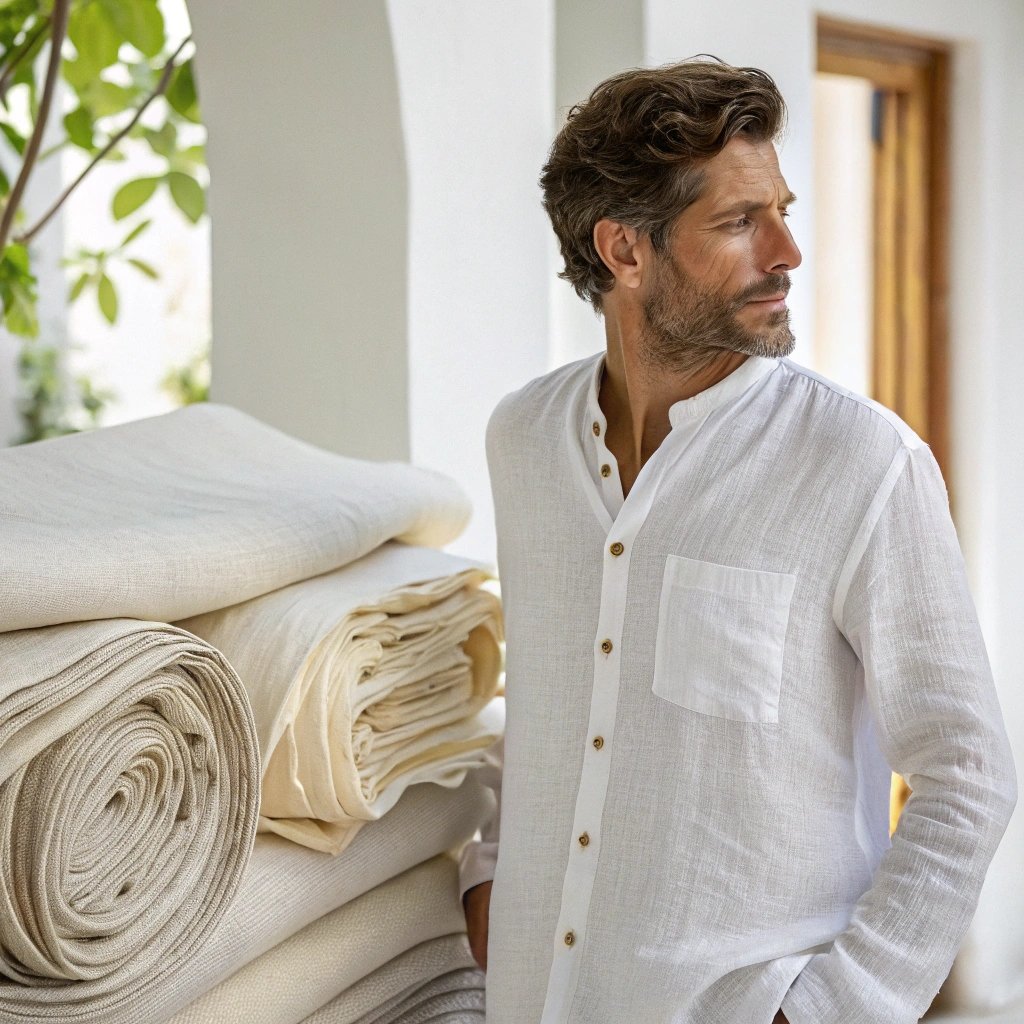Searching for a natural, stylish material for custom bags? Linen bag material advantages1 offer a beautiful solution, but they come with unique features you need to know.
Custom linen bags2 are durable, eco-friendly, and stylish, but require proper care due to their delicate natural fibers.
Stay with me — I’ll walk you through everything important about linen bags and how they fit into today's market trends!
Is linen good for making bags?
Curious if linen can handle daily use? You’re asking the right question — and the answer may surprise you.
Linen is good for making bags because it is strong, lightweight, breathable, and eco-friendly.
Why Linen Works Well for Bags
In our production line, we use linen for eco-friendly bag projects3 when clients want a mix of elegance and sustainability — perfect for promotional gifts and retail branding.
| Feature | Benefit |
|---|---|
| Strength | High resistance to tearing |
| Lightweight | Comfortable for everyday carrying |
| Eco-friendly | Biodegradable and sustainable |
How long will bread last in a linen bag?
Thinking about using linen for food storage too? It’s a smart move.
Bread can last up to 3–5 days in a linen bag, staying fresh longer than when kept in plastic.
Keeping Bread Fresh Naturally
Linen bread bags4 let bread breathe, preventing mold while keeping the crust crisp — a big plus for eco-conscious bakers and brands.
| Storage Material | Bread Freshness Duration |
|---|---|
| Plastic bag | 1–2 days |
| Linen bag | 3–5 days |
Why are tote bags called tote bags?
Ever wonder why we call them "totes"? There's some interesting history behind the word.
Tote bags are named after the word “tote,” meaning to carry, a term that dates back to the 17th century.
The Story Behind the Name
The origin of tote bags5 relates to their functional simplicity, gaining popularity especially in the mid-20th century for daily use.
| Term | Origin |
|---|---|
| Tote | Old English, meaning "to carry" |
| Tote bag | Became popular in 1940s America |
What is a linen bag?
Still picturing it? Let’s make it clear.
A linen bag is a reusable bag made from flax-based linen fabric, valued for its strength, breathability, and natural appearance.
Features of Linen Bags
Definition and uses of linen bags6 show why they are popular in boutiques and sustainable branding.
| Attribute | Description |
|---|---|
| Material | Natural flax fibers |
| Texture | Soft yet durable |
| Popular use | Shopping, gift packaging, food storage |
What are the disadvantages of linen fabric?
Linen has its charm, but it’s not perfect. Here’s what you need to watch out for.
Linen fabric wrinkles easily, can shrink if washed improperly, and is generally more expensive than cotton.
Trade-offs to Consider
Linen's tendency to wrinkle and care needs7 are important to communicate to clients.
| Disadvantage | Detail |
|---|---|
| Wrinkling | Linen creases easily with use |
| Shrinking | Improper washing can cause shrinkage |
| Cost | Higher than many synthetic fabrics |
Can you wash linen bags?
Spilled something? Good news — you can clean linen bags with a little extra care.
You can wash linen bags by hand or on a gentle machine cycle using cold water to avoid shrinking and damaging the fibers.
Care Instructions for Linen
Proper linen care techniques8 help extend the life of your custom bags.
| Step | Instructions |
|---|---|
| Washing | Hand wash or gentle cold machine wash |
| Drying | Air dry flat to avoid wrinkles and shrinkage |
| Ironing | Use medium heat while slightly damp |
What is the best fabric to make a bag?
Still comparing fabric options for your bag project? Let’s break it down simply.
The best fabric depends on use: canvas for heavy loads, linen for eco-friendly luxury, and polyester for affordability and water resistance.
Choosing the Right Material
Choosing fabric for bag manufacturing9 depends on your primary brand goal: strength, style, or sustainability.
| Fabric | Best For |
|---|---|
| Canvas | Durable shopping bags |
| Linen | Elegant, eco-friendly branding |
| Polyester | Affordable, versatile giveaways |
Does linen breathe better than cotton?
Wondering about breathability? Let’s compare.
Linen breathes better than cotton because its fibers are hollow, allowing more airflow and quicker moisture evaporation.
Why Breathability Matters
Breathability comparison: linen vs cotton10 makes linen ideal for food storage and summer bags.
| Fabric | Breathability Level |
|---|---|
| Linen | Excellent |
| Cotton | Good |
What is the best fabric for homemade produce bags?
Trying to go green with your shopping habits? Here's the answer.
Organic cotton and linen are the best fabrics for homemade produce bags due to their breathability and biodegradability.
Eco-Friendly Choices for Produce Storage
Sustainable materials for produce bags11 are increasingly in demand with eco-conscious consumers.
| Fabric | Advantages for Produce |
|---|---|
| Linen | Breathable, natural, stylish |
| Organic cotton | Soft, sustainable, affordable |
Does linen wrinkle more than cotton?
Tired of ironing? Here’s a truth about linen you need to know.
Linen wrinkles more than cotton because it has less elasticity, making it more prone to creasing during use.
Managing Wrinkles in Linen
Understanding linen's wrinkling behavior12 helps manage customer expectations when selling linen products.
| Fabric | Tendency to Wrinkle |
|---|---|
| Linen | High |
| Cotton | Moderate |
Conclusion
Custom linen bags offer stylish, eco-friendly branding options with unique texture, breathability, and natural beauty. They are perfect for high-end promotional gifts, sustainable packaging, and boutique retail — as long as customers are educated on proper care to preserve their elegance.
-
Learn the benefits of linen as a premium, natural material for bag making. (https://forestlandlinen.com/collections/linen-bags) ↩
-
Understand why custom linen bags appeal to eco-conscious and stylish brands. (https://www.linenme.com/linen-bags) ↩
-
Discover why brands prefer linen for sustainable and elegant bag projects. (https://www.qualityimprint.com/blogs/promotional-product-ideas/what-are-the-types-of-eco-friendly-bags-1) ↩
-
Explore how linen bags extend bread freshness naturally. (https://www.helenround.com/blogs/stories-from-the-studio/the-green-choice-linen-bread-bags-for-sustainable-bread-storage) ↩
-
Understand the historical background behind the term "tote bag." (https://sanvt.com/blogs/journal/history-of-the-tote-bag) ↩
-
Learn what defines a linen bag and its common uses. (https://us.uashmama.com/blogs/blog/benefits-of-storing-food-in-linen) ↩
-
See why linen’s beauty comes with extra care requirements. (https://www.hausvoneden.com/sustainability/linen-advantages-and-disadvantages-of-the-natural-fibre-at-a-glance/) ↩
-
Get tips for washing and maintaining linen bags properly. (https://www.uniqlo.com/au/en/news/topics/2021101801/) ↩
-
Compare fabric choices based on strength, eco-friendliness, and cost. (https://www.onlinefabricstore.com/makersmill/what-fabrics-are-good-for-tote-bags/) ↩
-
Understand why linen breathes better than cotton. (https://www.percivalclo.com/blogs/fabric-guides/linen-vs-cotton-fabric-guide) ↩
-
Explore the best eco-friendly fabrics for homemade produce bags. (https://www.bulletinbag.com/blog/faqs/reusable-bag-materials-comparison-guide/) ↩
-
Learn why linen wrinkles more and how it affects product presentation. (https://threadlogic.com/blogs/logo-embroidery/wrinkle-free-fabrics) ↩

